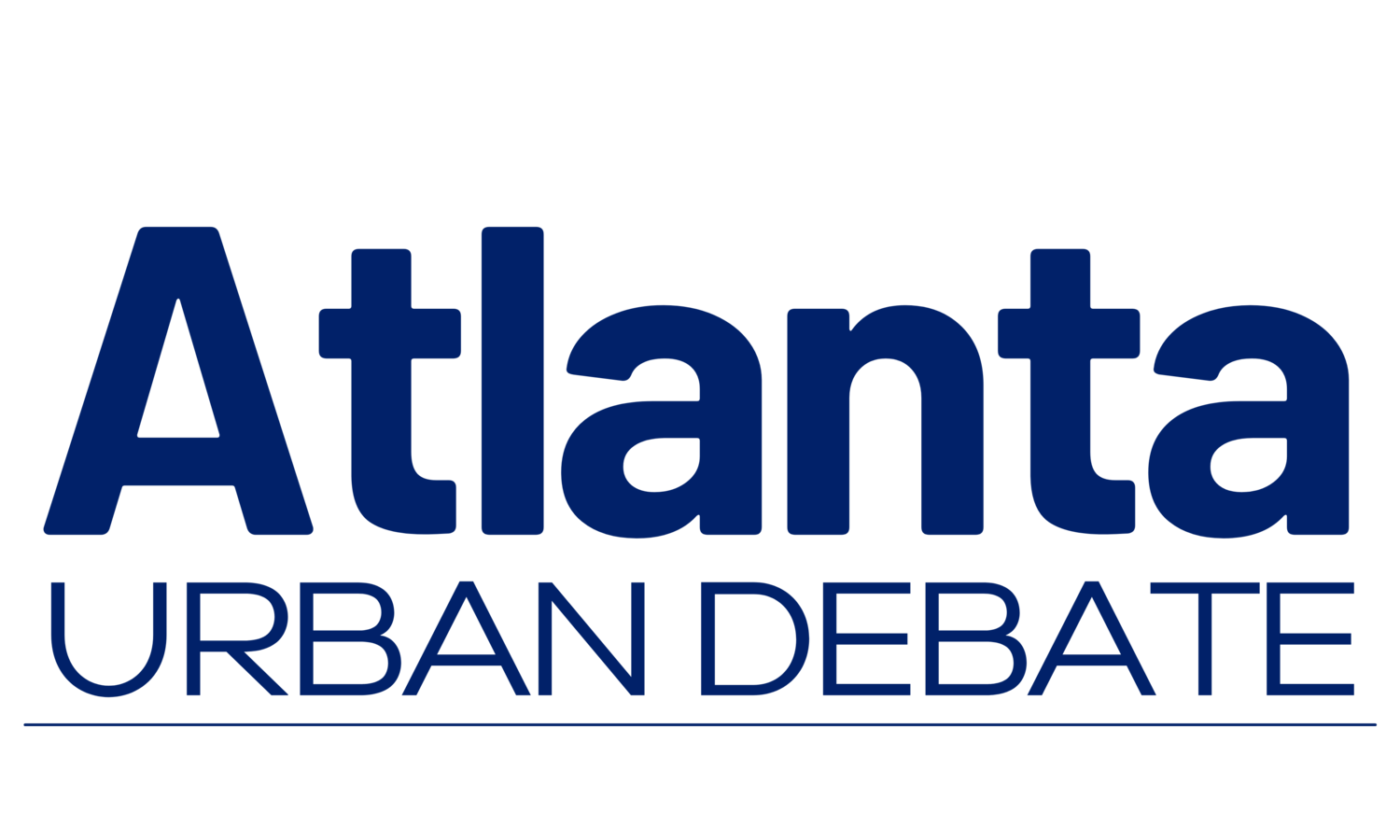The Atlanta Urban Debate League is committed to providing excellent debate education programs, services, and opportunities to diverse students, educators, and members of the community!
Middle School Varsity Curriculum Guide
Research and Evidence Production
Varsity debaters can conduct their own, independent research. You can cut your own cards in Varsity, if they aren’t entirely new arguments. Now that you can do your own research, you should identify evidence that’s strong based on the standards of ABCD.
Why Should YOu Cut a New Card?
There are certain times when cutting a new card can be strategic, and there are other times when it’s less so.
For example, you may have a card that has a strong basis, but it has an unqualified author and is a few years old. You can do your own research and find a replacement that’s stronger in terms of ABCD (Author, Basis, Context, Date).
Another time you may want to cut a new card is when something changes with the argument at hand. For example, if there is a disadvantage about food prices, and the negative argues that food prices are high now, you might be able to find evidence to the contrary that’s more recent. It’s up to the negative to keep their own uniqueness evidence up to date, so feel free to add that newer piece of evidence to your 2AC block.
What Kinds of Cards Can You Cut?
Cards that back up or replace existing arguments are fine to use. Here are some examples:
A more recent affirmative inherency card.
A more recent negative uniqueness card.
An impact card – about the same impact – from a more qualified author.
A counterplan solvency advocate that cites more studies.
Another “no link” card to read against a disadvantage.
What Kinds of Cards Can’T You Cut?
Cards that create entirely new arguments are not acceptable. Here are some examples:
An entirely new affirmative, including inherency, solvency, and advantages.
An entirely new affirmative advantage or an entirely new negative disadvantage.
A new counterplan solvency advocate for a counterplan that’s not in the packet.
A new Kritik link for a Kritik that’s not in the packet.
